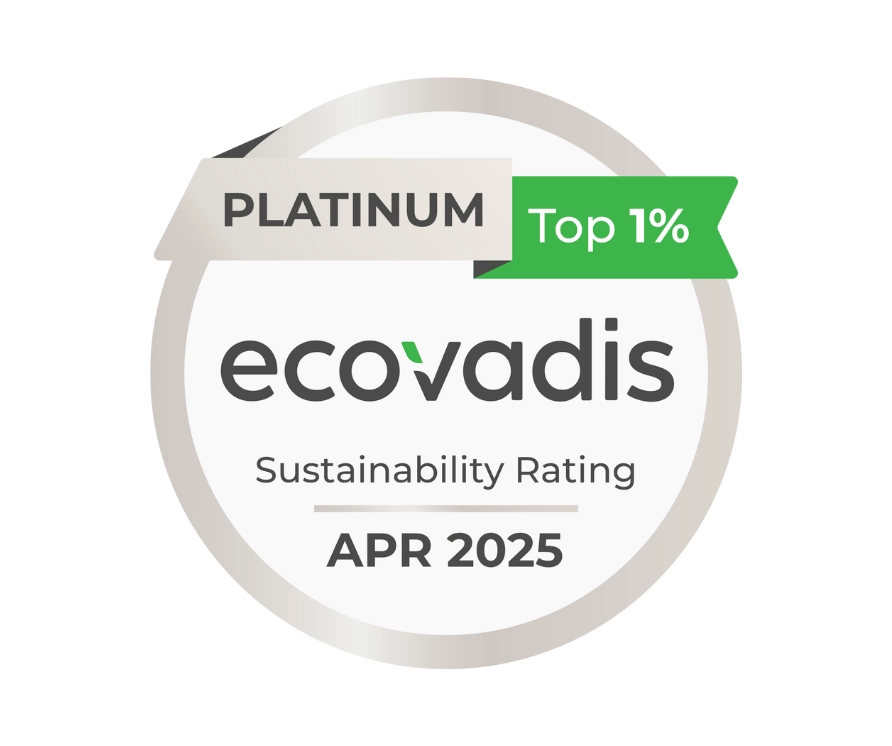In the landscape of emergent nations, where diversity thrives and potential knows no bounds, the journey towards sustainable economic growth hinges on a fundamental principle: collaborative initiatives for the United Nations’ 17 Sustainable Development Goals (SDGs). As these nations stride towards a future of prosperity, it’s imperative to recognize that true progress can only be achieved when every citizen has equitable access to collaborative efforts that address the SDGs.
The Landscape of Collaboration for SDGs in Emergent Nations
The economic landscape of emergent nations is as dynamic as their cultures, yet a significant proportion of their population faces multifaceted challenges. These challenges include issues such as poverty, lack of access to quality education, healthcare disparities, and environmental concerns. Addressing these challenges necessitates a collaborative approach centered around the SDGs.
Key Components of Collaborative Initiatives for SDGs
- Cross-Sectoral Collaboration: Bringing together governments, non-profit organizations, private sector entities, and international bodies to collaborate on initiatives that address the SDGs comprehensively.
- Access to Quality Education: Focusing on educational initiatives, skill development, and knowledge-sharing platforms to empower individuals with the tools needed to contribute to sustainable development.
- Healthcare Access and Infrastructure: Collaborative efforts to improve healthcare systems, enhance access to medical facilities, and address health inequalities within emergent nations.
- Environmental Sustainability: Implementing eco-friendly practices, promoting sustainable resource management, and addressing climate change through collaborative environmental initiatives.
The Transformative Impact of Collaborative Initiatives for SDGs
The benefits of collaborative efforts centered around the SDGs are transformative for emergent nations.
- Poverty Alleviation: Collaborative initiatives contribute to breaking the cycle of poverty by addressing its root causes and providing sustainable solutions.
- Inclusive Entrepreneurship and Job Creation: A thriving collaborative ecosystem stimulates economic growth, leading to the creation of jobs, fostering entrepreneurship, and expanding local industries.
- Resilience and Stability: A collaborative approach enhances societal resilience to economic shocks, fostering stability and sustainable development.
Technological Innovation as a Catalyst for Collaborative Initiatives
The emergent nations’ approach to technology, akin to leapfrogging, presents a unique opportunity. Leveraging digital solutions, fintech, and innovative technologies can revolutionize collaborative initiatives, bringing them closer to the people and accelerating progress towards the SDGs.
Global Collaboration for Lasting Impact
Achieving widespread impact through collaborative initiatives requires concerted efforts from governments, international organizations, non-profit entities, and the private sector. Collaborative initiatives can leverage the strengths of each stakeholder to create a sustainable ecosystem focused on achieving the SDGs.
Conclusion
In the grand tapestry of emergent nations’ economic potential, collaborative initiatives for the SDGs form the warp and weft, weaving a narrative of empowerment, resilience, and prosperity. By embracing this vision and committing to the principles of cross-sectoral collaboration, education, innovation, and environmental sustainability, emergent nations can embark on a transformative journey towards inclusive growth that leaves no citizen behind. Together, we can shape a future where every individual in emergent nations has the opportunity to thrive and contribute to the global achievement of the SDGs.

























